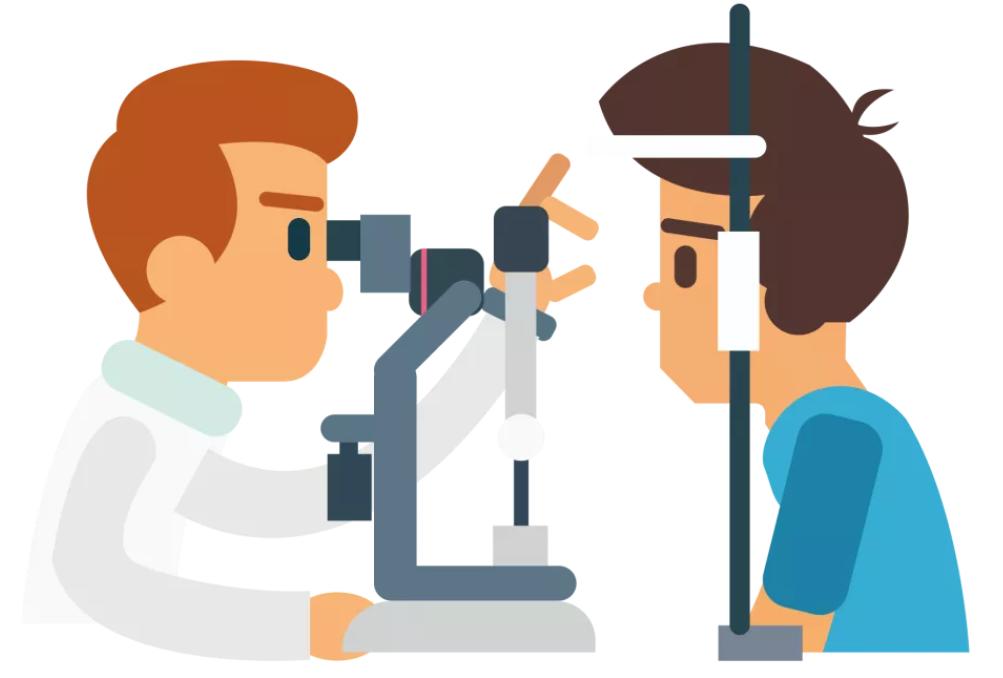what is strabismus?
Strabismus is a common ophthalmic disease. Nowadays more and more children have strabismus problem.
In fact, some children already have symptoms at an early age. It's just that we haven't pay attention to it.
Strabismus means the right eye and left cannot look at the target at the same time. It is an extraocular muscle disease. It can be congenital strabismus, or caused by trauma or systemic diseases, or by many other factors. It occurs in childhood more.
The causes of strabismus:
Ametropia
Hyperopia patients, long-time close-up workers and early presbyopia patients need to strengthen adjustment frequently. This process will produce excessive convergence, resulting in esotropia. Those patients with myopia, because they do not need or rarely need adjustment, it will produce insufficient convergence, which may lead to exotropia.
Sensory Disturbance
Due to some congenital and acquired reasons, such as corneal opacity, congenital cataract, vitreous opacity, abnormal macular development, excessive anisometropia, can result in unclear retinal imaging, low visual function. And people can lose the ability to establish the fusion reflex to maintain eye position balance, which will result in strabismus.
Genetic Factors
Because the same family has similar anatomical and physiological characteristics of the eyes, strabismus may be passed on to the offspring in a polygenic way.
How to prevent Children’s strabismus?
To prevent children's strabismus, we should start from infancy. Parents should pay attention to the newborn's head position and not let the child's head lean to one side for a long time. Parents should care about the child's eyes development, and whether there is abnormal performance.
Be alert to fever. Some children have strabismus after fever or shock. Parents should strengthen the protection of infants and young children during fever, rash and weaning. At this period, parents should also pay attention to the coordination function of both eyes and observe whether there are abnormal changes in the position of the eyeball.
Take care of using eyes habits and eyes hygiene. The lighting should be appropriate when children study, not too strong or too weak. Choose books or picture books, print must be clearly. When reading books, posture should be correct, and don't lie down. Keep a certain distance when watching TV, and don't always fix eyesight in the same position. Pay special attention not to squint towards the TV.
For the children with a family history of strabismus, although there is no strabismus in appearance, they should also be examined by an ophthalmologist at the age of 2 to see if there is hyperopia or astigmatism. At the same time, we should actively treat basic diseases. Because some systemic diseases can also cause strabismus.




